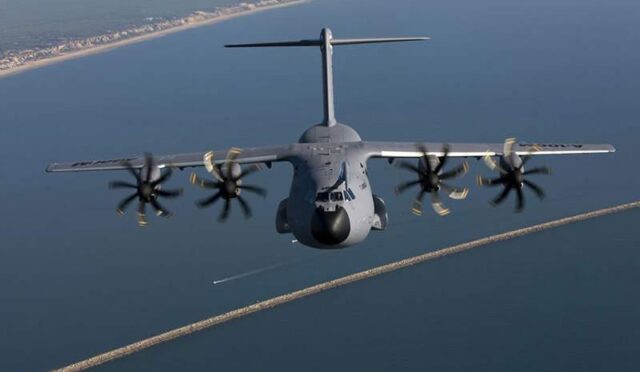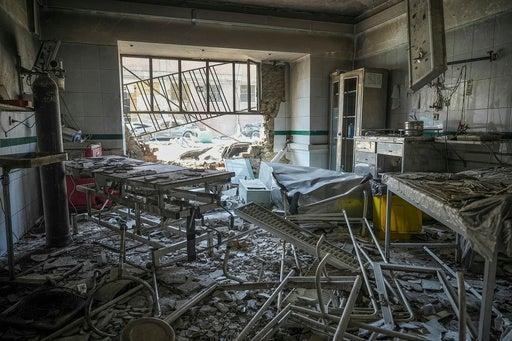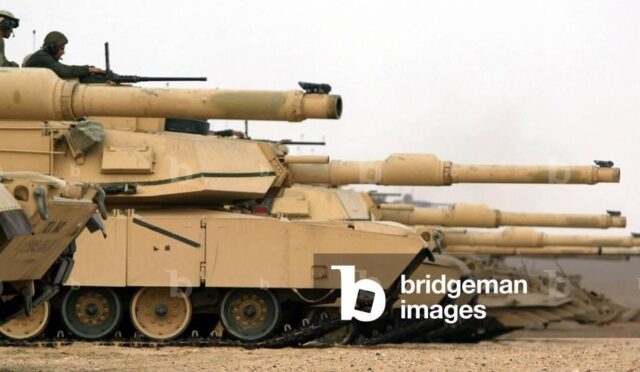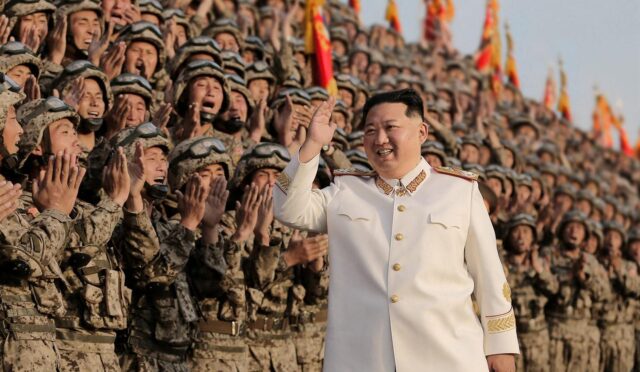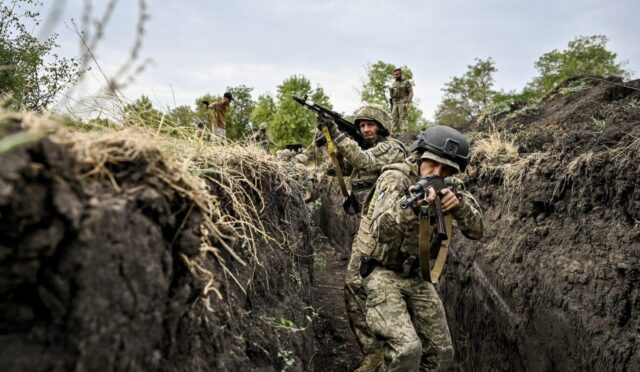THAAD Missile Defense System Saudi Arabia: A Local Milestone
Saudi Arabia has reached a significant milestone in its defense manufacturing capabilities by producing its first locally made components for the Terminal High Altitude Area Defense (THAAD) missile launcher. This achievement is a result of a strategic partnership with Lockheed Martin, aimed at strengthening Riyadh’s domestic manufacturing sector. The announcement was made during a meeting in Jeddah, where key players, including Lockheed Martin, the Saudi General Authority for Military Industries, and the Arabian International Company for Steel Structures (AIC), came together to discuss the initiative’s progress.
During the meeting, defense officials and industry participants focused on the advancements made in creating Missile Round Pallets-Transportable for the THAAD system. Wasim Attieh, President of AIC Steel, praised Lockheed Martin’s role in this partnership, highlighting their contribution in providing essential tools and training needed to facilitate the local production of such a vital component of the THAAD Weapon System.
Understanding the THAAD System
The THAAD missile defense system, developed by the United States, is engineered to intercept short and intermediate-range ballistic missiles, effectively operating both within and outside the Earth’s atmosphere. The system’s capabilities were expanded in March 2022 when it was successfully integrated with the PAC-3 MSE interceptor, leading to enhanced engagement ranges and greater operational flexibility for defense operations.
This ongoing development reflects Saudi Arabia’s commitment to augmenting its defense technology and infrastructure, particularly in light of regional security challenges. The move to manufacture components locally not only boosts national security but also fosters technological development within the kingdom.
Saudi Arabia’s Defense Strategy and Vision 2030
Saudi Arabia continues to invest heavily in its local defense production capabilities while still relying on imported arms from the United States. Under the framework of its Vision 2030 initiative, the kingdom is actively encouraging foreign defense firms to set up operations locally. This strategy aims to localize 50 percent of defense expenditures through homegrown manufacturing and services.
In line with this strategy, the U.S. State Department recently approved a substantial $3.5 billion sale of AIM-120C-8 AMRAAM missiles to Saudi Arabia, further integrating Riyadh into advanced defense partnerships. Additionally, in March, Washington authorized a $100 million deal for supplying up to 2,000 APKWS II laser-guided munitions.
The Future of Saudi Military Manufacturing
The successful local production of THAAD components signals a new chapter for Saudi Arabia’s military manufacturing landscape. This initiative not only showcases the kingdom’s growing capabilities in national defense but also emphasizes the vital role of international collaborations in achieving these objectives. The partnership with Lockheed Martin serves as a model for future endeavors in the defense sector.
As Saudi Arabia progresses toward its ambitious defense goals, the path ahead involves not only national production but also a sustained enhancement of technical skills within its workforce. This focus on local manufacturing is poised to reduce dependency on foreign technology while paving the way for innovation and self-sufficiency in defense solutions.


